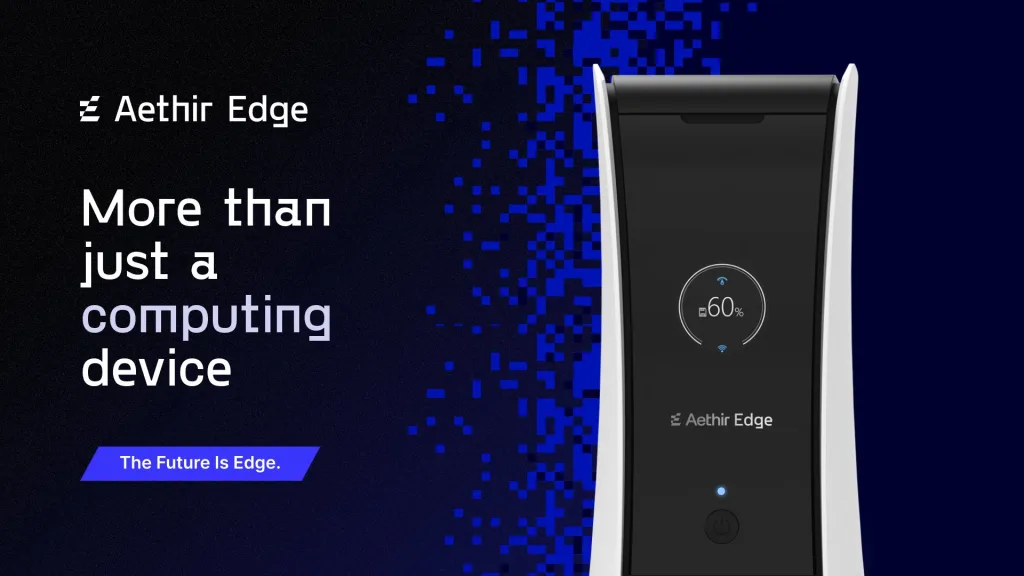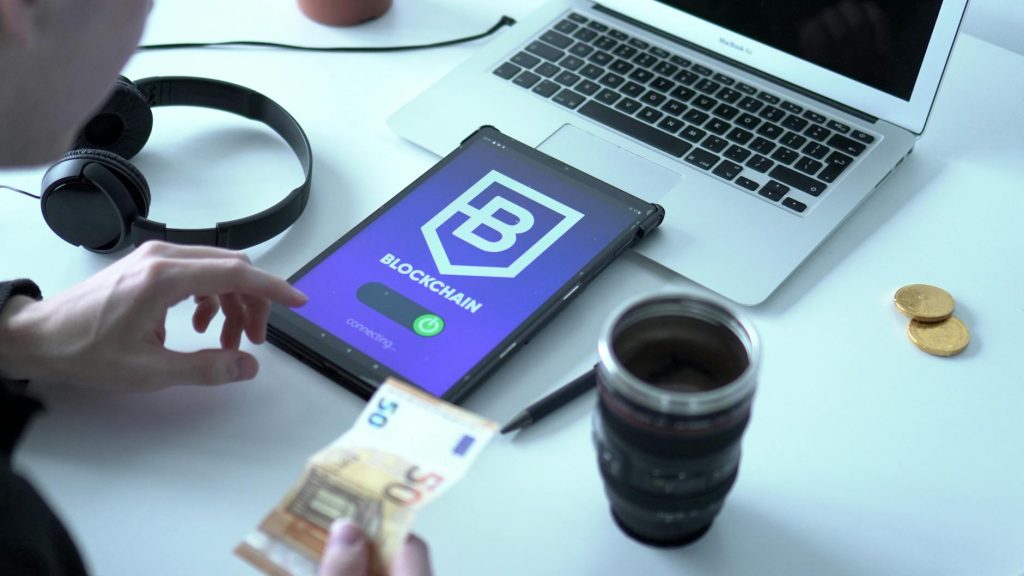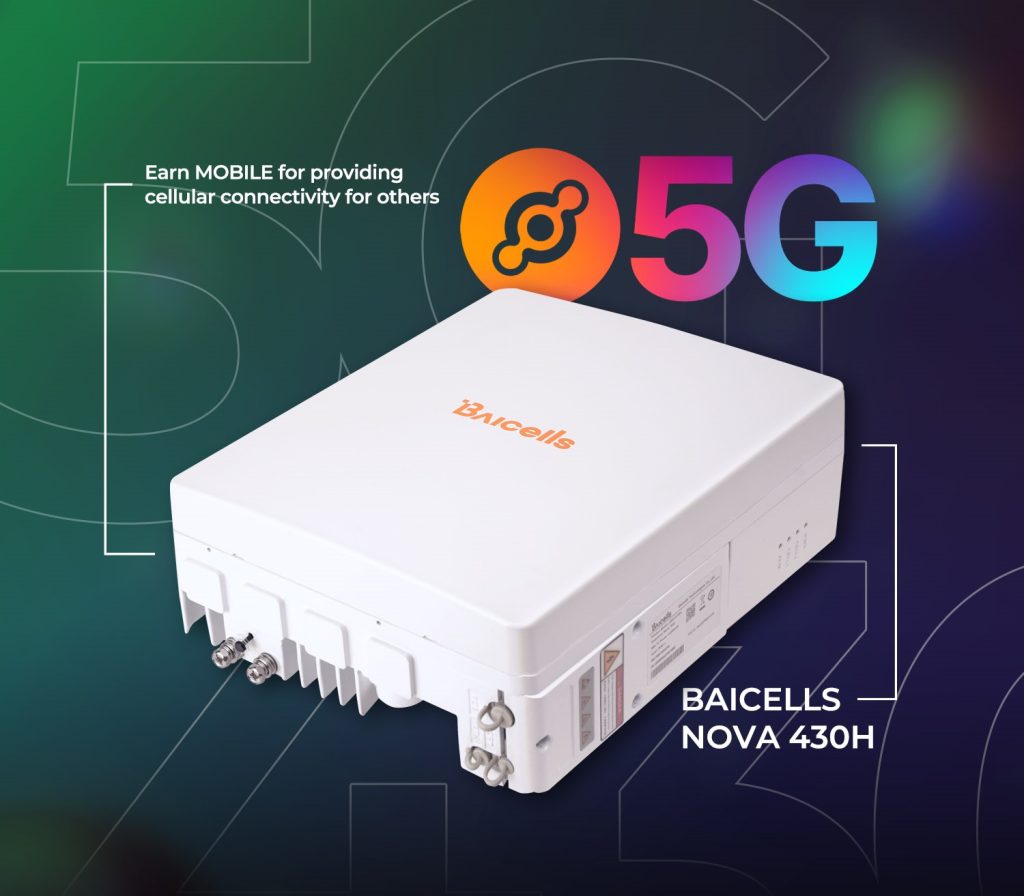What is a DePIN Project in Crypto?

Blockchain isn’t just about digital currencies anymore. DePIN (Decentralized Physical Infrastructure Networks) is a burgeoning sector where cryptocurrencies power real-world infrastructure, from telecommunications to energy grids. Let’s explore what makes a DePIN project and why they’re gaining traction.
What Defines a DePIN Project?
- Core Concept: DePIN projects use blockchain technology and cryptocurrency incentives to create, manage, and govern decentralized physical infrastructure.
- Physical Resources: These projects focus on tangible resources like energy, wireless connectivity, data storage, and even environmental monitoring.
- Tokenomics: Most DePIN projects have a native token used to incentivize participants, govern the network, and potentially enable a marketplace for resource sharing.
How Do DePIN Projects Work?
- Resource Sharing: Individuals or businesses contribute underutilized resources (e.g., extra bandwidth, spare storage, solar energy).
- Token Rewards: Contributors earn tokens for their participation, creating a direct incentive for sharing.
- Decentralized Governance: Token holders often have a say in the project’s direction, promoting a community-driven model.
- Potential Marketplaces: Some DePIN platforms create marketplaces where users can buy or sell resources using the network’s token.
Why DePIN Matters
- Efficiency & Accessibility: DePIN projects can optimize resource utilization and potentially make essential resources more accessible to underserved communities.
- Economic Empowerment: They create new earning opportunities for individuals and businesses, particularly in the sharing economy.
- Innovation: DePIN fosters innovation in infrastructure management and resource allocation, potentially leading to breakthroughs in sustainability and efficiency.





